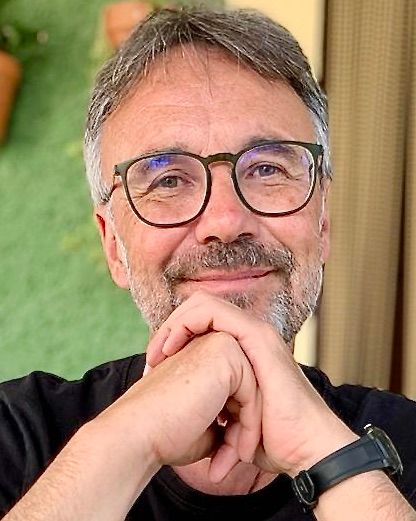A unique Kasbah
ప్రచురించబడింది: 04.02.2023
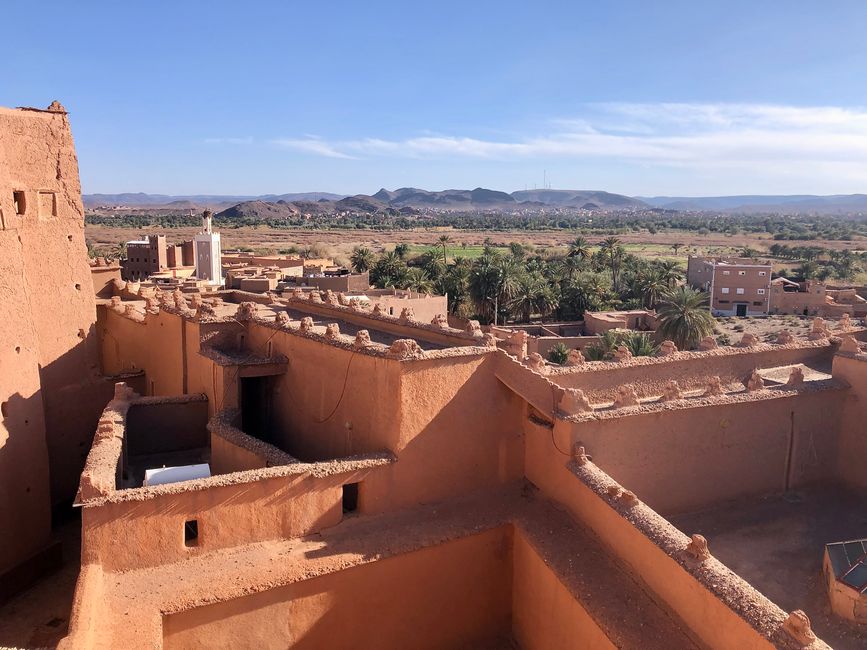
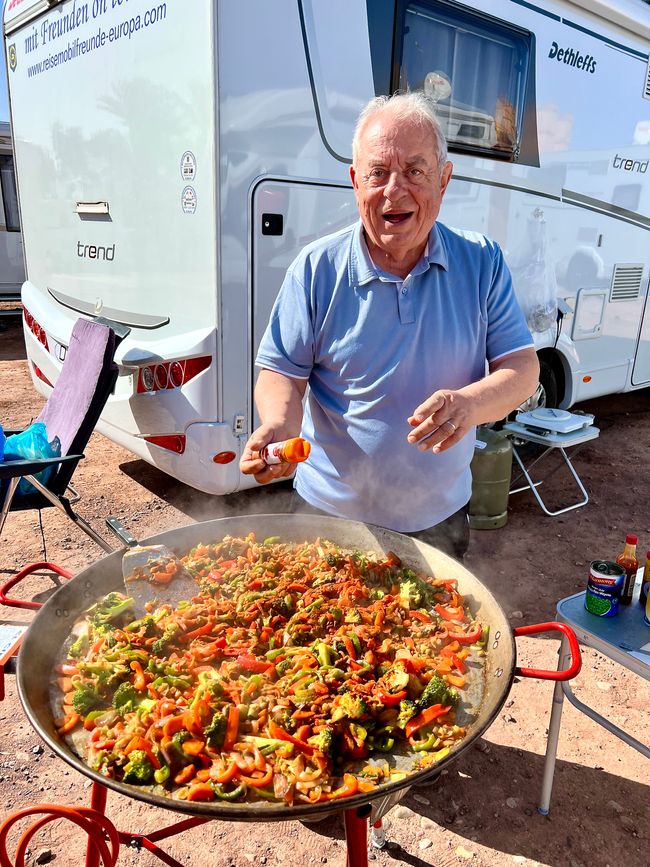
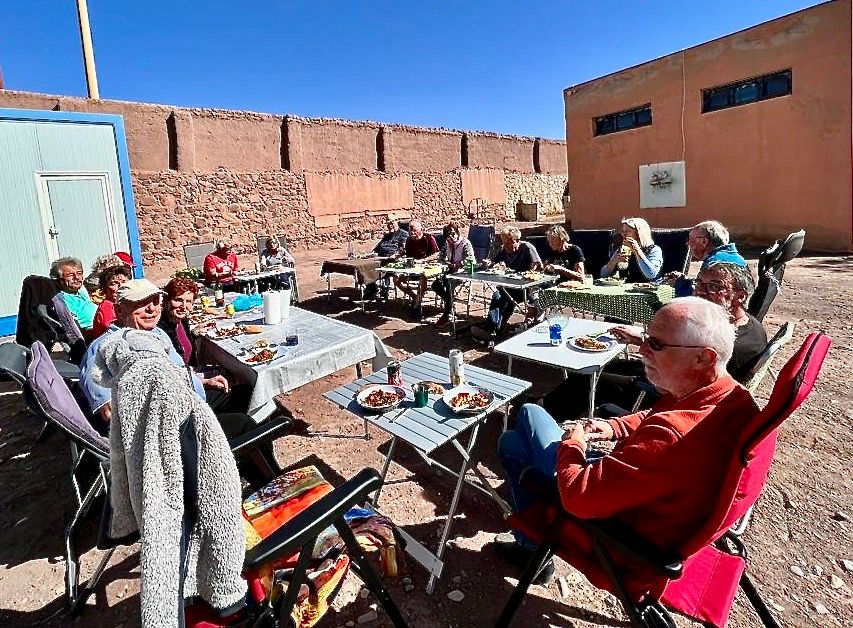
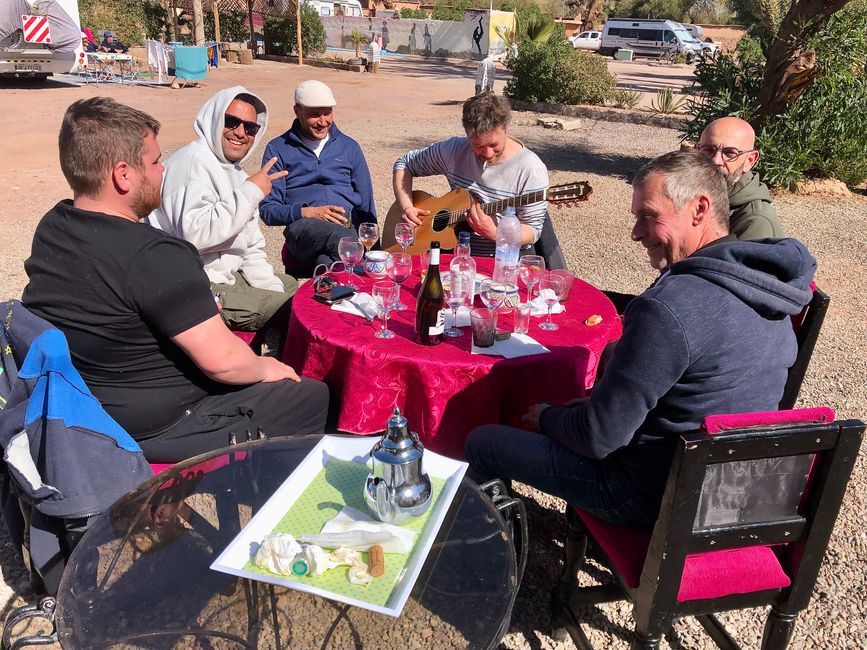
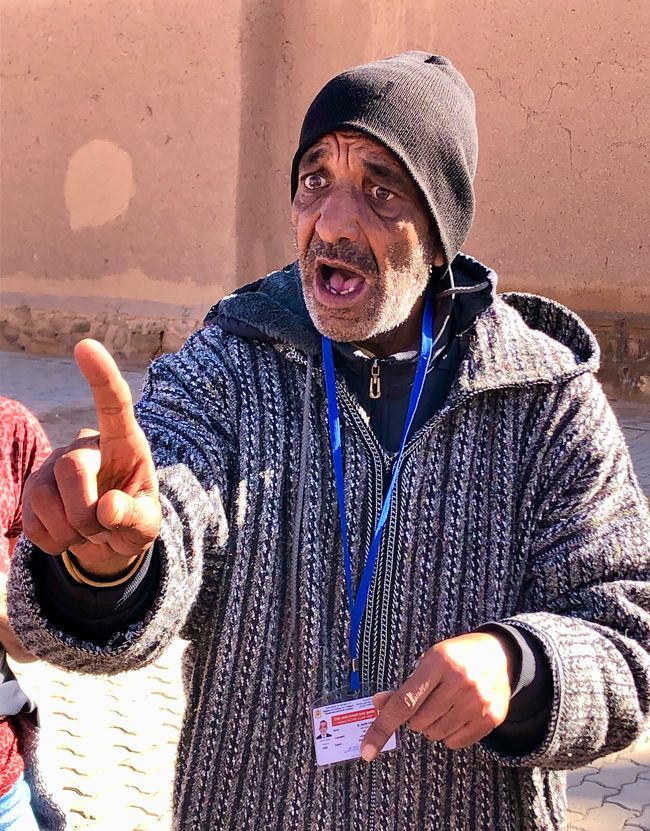
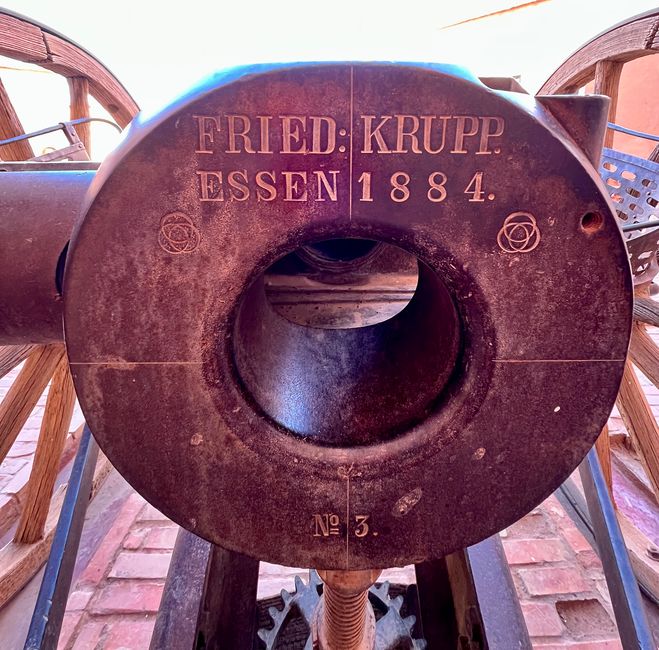
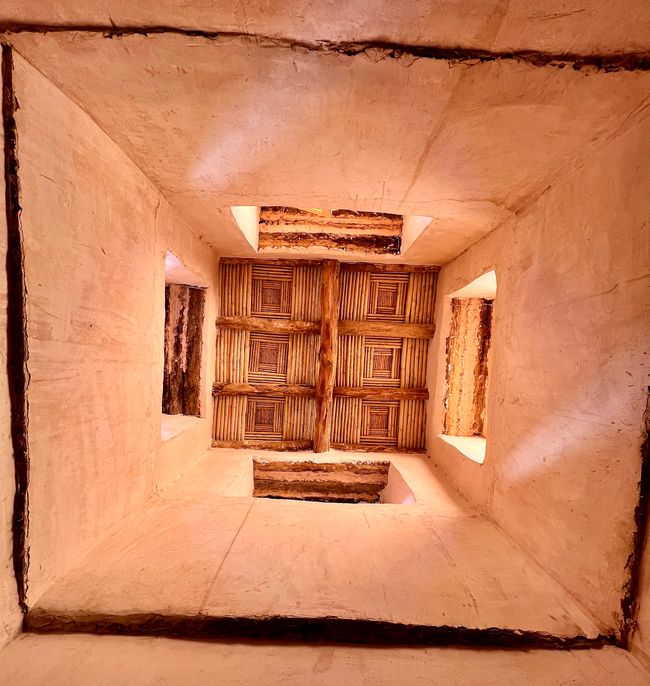
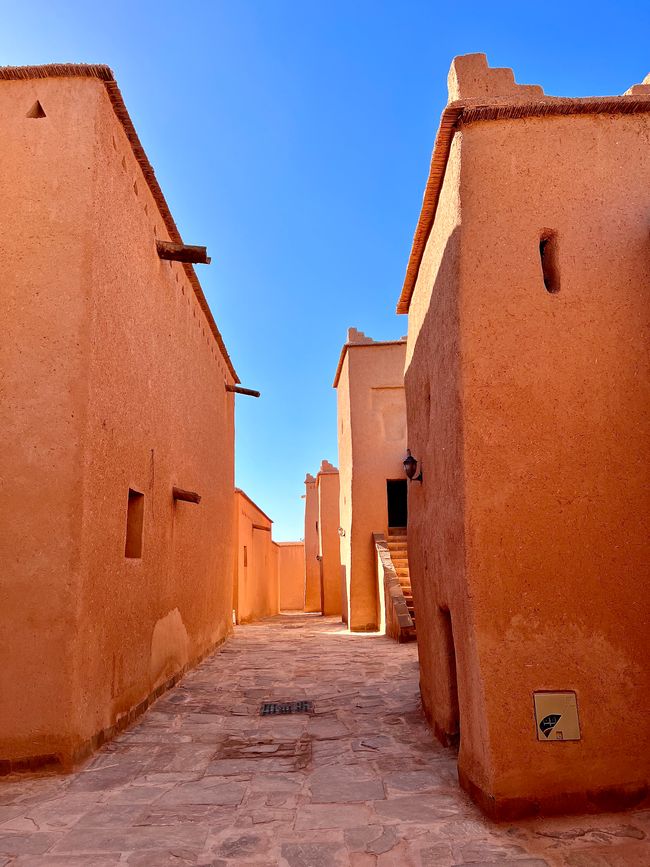
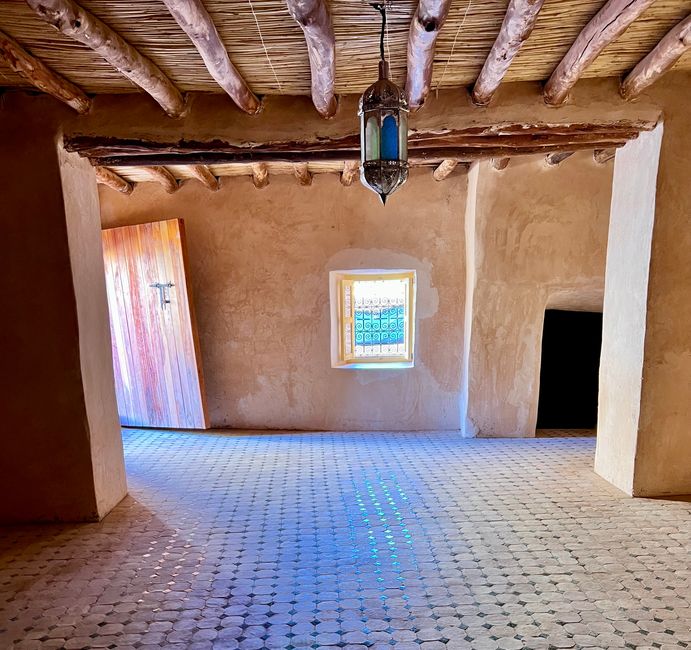
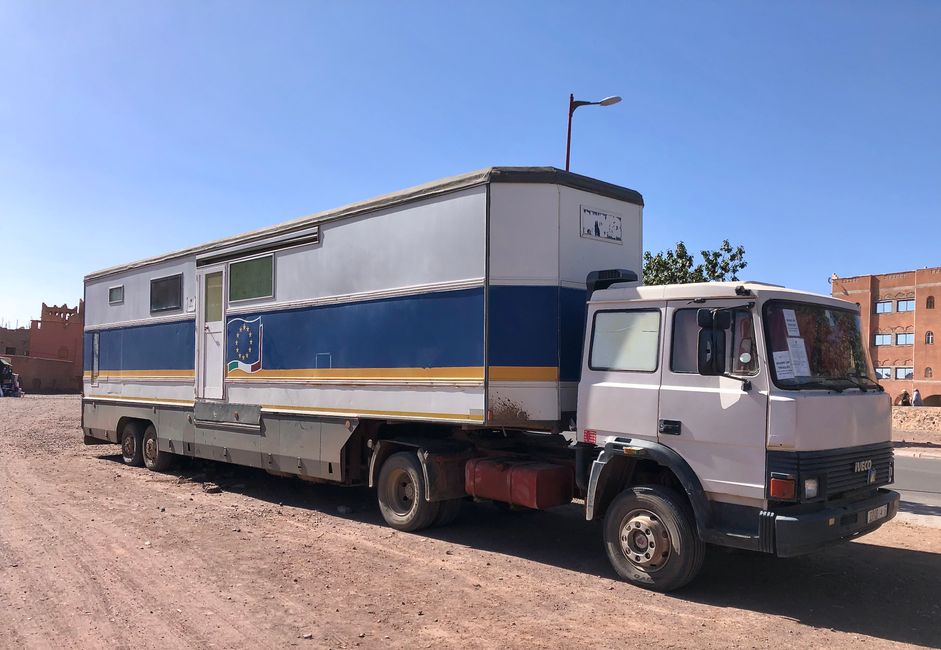
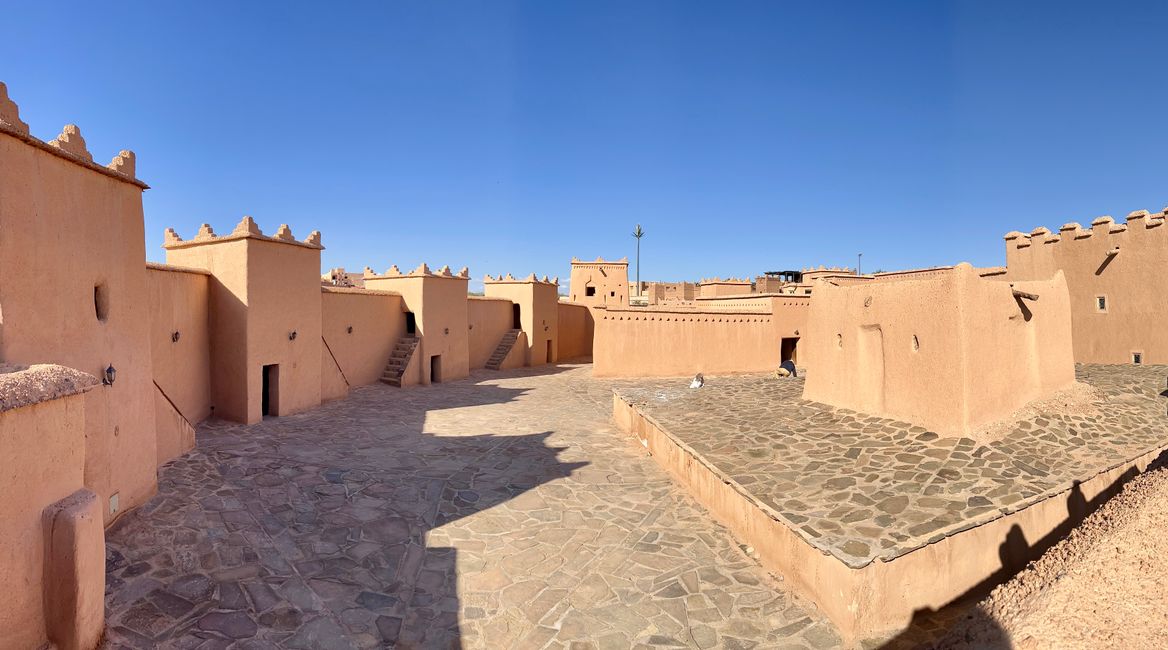
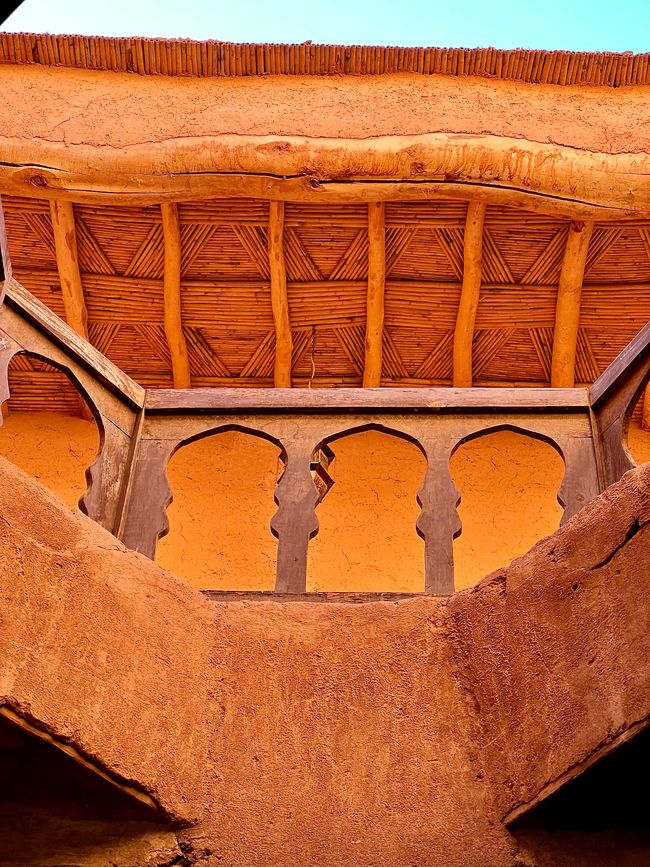
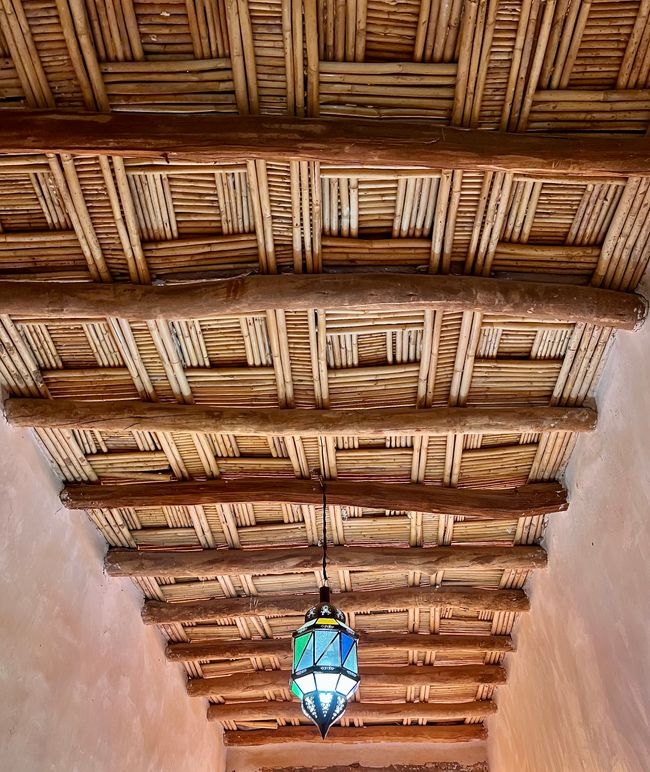
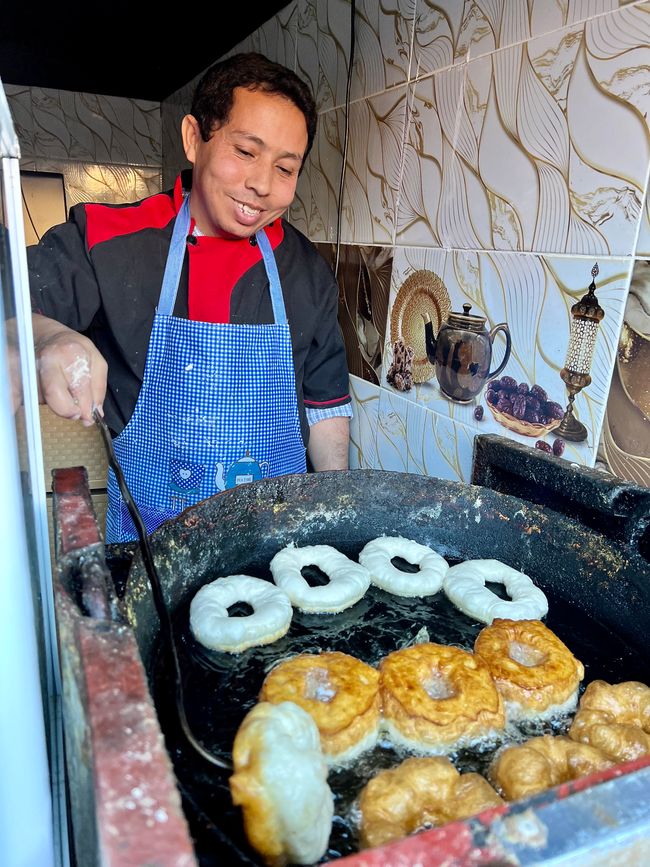
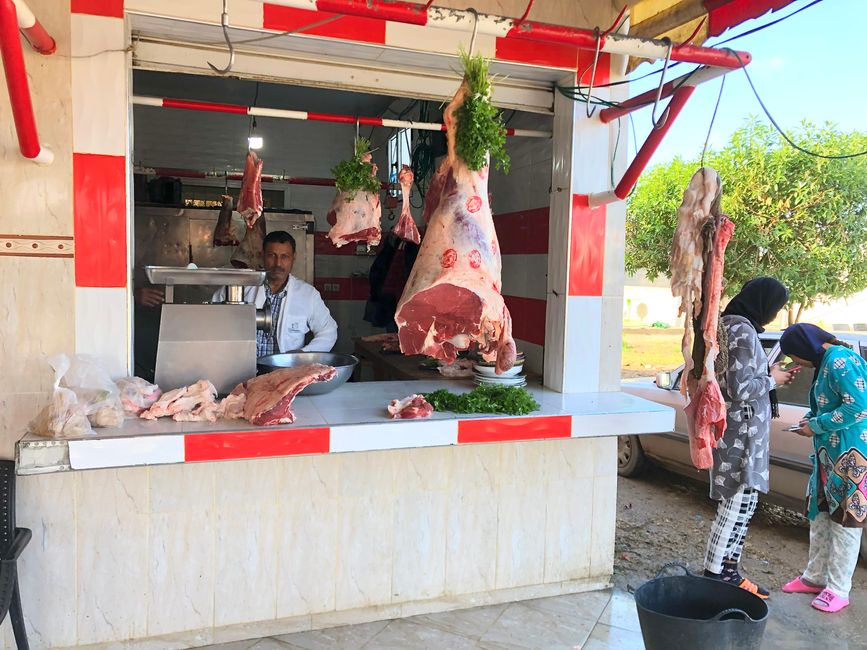
వార్తాలేఖకు సభ్యత్వాన్ని పొందండి
04.02.23 Ouarzazate This city, where we are staying at a beautiful small municipal campsite, doesn't really fit the image I had of Morocco so far. Everything here seems very tidy, more urban, there are hardly any ruins and almost all houses are in good condition. This may be due to the fact that it is a young city. It was founded in 1928 by the French colonial administration - at that time Spain and France had divided Morocco - as a garrison town for the Foreign Legion. But it may also be because this city, with a population of 80,000, benefits from the Atlas Studios, which provide more than 3,000 jobs for the locals in good times.
The Kasbah Taourirt in Quarzatate is older, which we visited in the afternoon. A Kasbah is a fortified residential building, but this complex resembles more of a full-fledged castle. According to oral tradition, one of the most powerful Moroccan families is said to have built the complex with countless towers and defensive walls around 1700. It is historically documented that the influential Glaoui family built the Kasbah in the 18th century at this strategically important location. Several river valleys converge here, and the three most important trade routes through the Sahara intersect.
In the 1920s, the Kasbah was no longer managed and was repeatedly occupied by squatters, so it deteriorated more and more. But in the years after 1990, it came into the focus of UNESCO, which finally decided to restore this historically valuable building complex in a complex and costly way in order to preserve it for posterity. The Kasbah Taourirt is now the best-preserved complex of its kind in Morocco.
We were lucky to have a very knowledgeable and German-speaking guide who had spent many years in Germany. He explained to us how difficult it is to maintain a house that has been built exclusively of clay and straw. "It's like with children. As parents, you always have worries and have to constantly take care of them. It's no different with such houses."
Opposite the Kasbah were the first film studios, which were built in Quarzazate in 1964. Two years earlier, this was one of the filming locations for the British film Lawrence of Arabia, in which, in addition to Peter O'Toole, Alec Guinness and Anthony Quinn, a certain Omar Sharif played a leading role for the first time.
For me, the tour through the Kasbah was an experience. The many rooms, corridors, ceilings made of different materials, the partly meter-thick walls and all of this mixed and packed with clay and straw - I couldn't imagine how this could have survived for decades. I kept knocking against the walls, there was no hollow sound, everything was solid as a rock. It is always amazing to see the effects that climate can have on different building materials. The intense heat dries out any moisture and thus ensures the hardening of this mixture of clay and straw.
By the way, the climate here is also the reason why in the many small butcher shops along the streets, goat or sheep halves can hang for weeks without rotting. The air here is simply so dry that it removes any moisture from the meat. Only pork would spoil, but it is not eaten because it is impure, as our guide explained to us, because pigs would eat the excrement of other animals. It's all a matter of faith. As a Bavarian, I know: There is nothing better than a crispy roasted pork knuckle.
వార్తాలేఖకు సభ్యత్వాన్ని పొందండి
సమాధానం
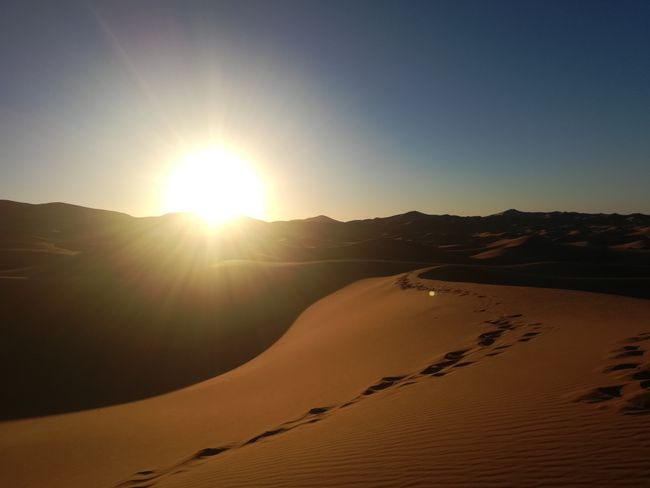
మొరాకో ప్రయాణ నివేదికలు

